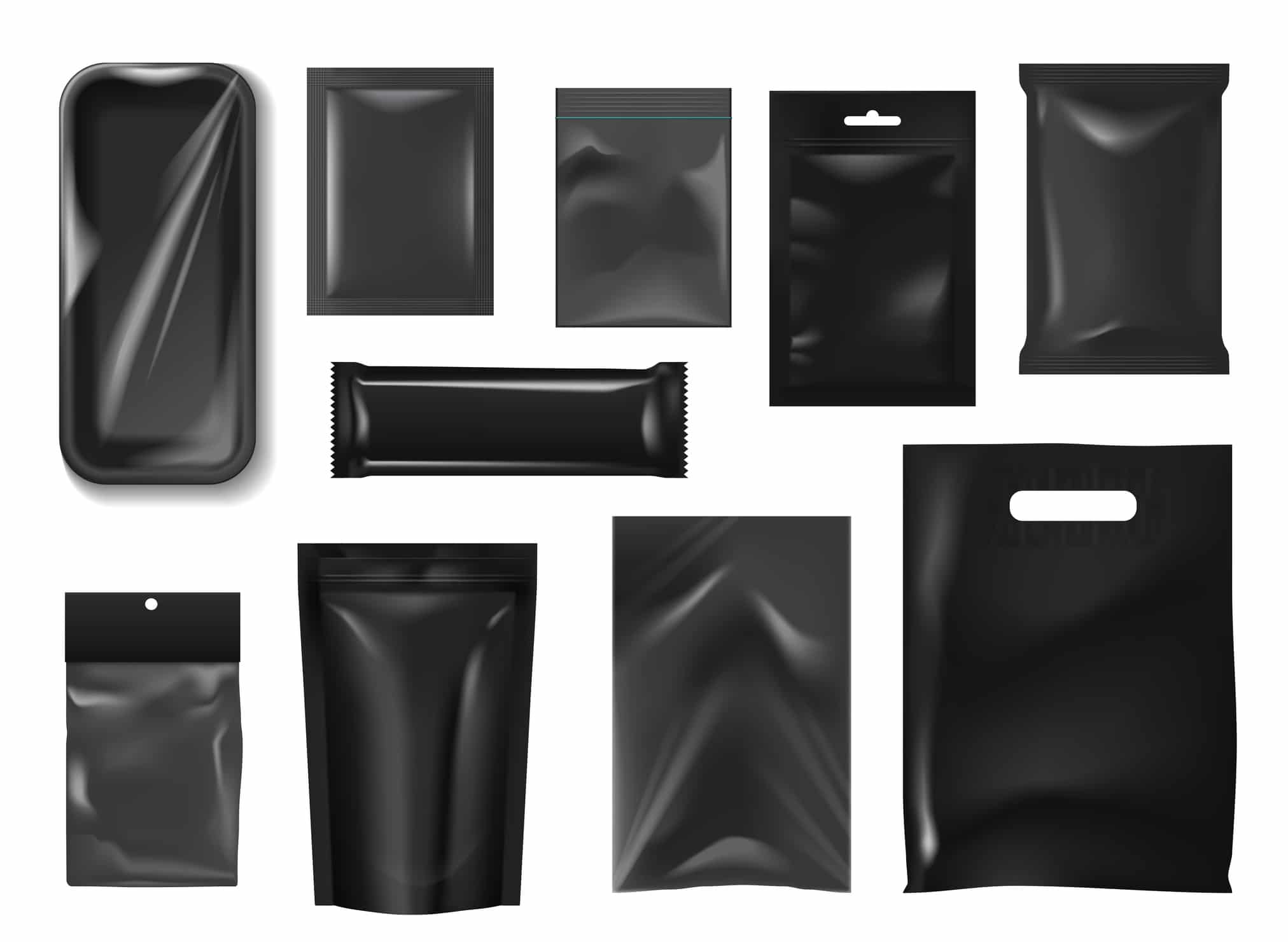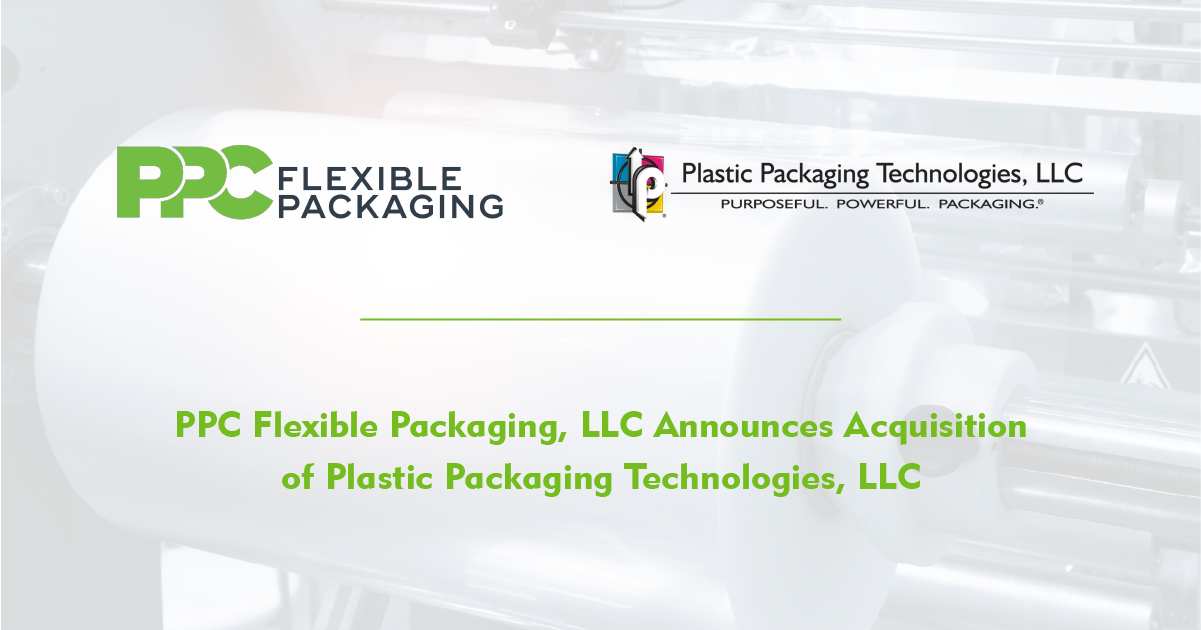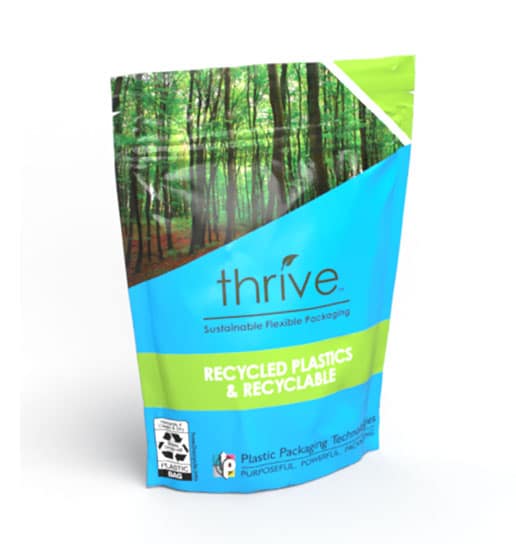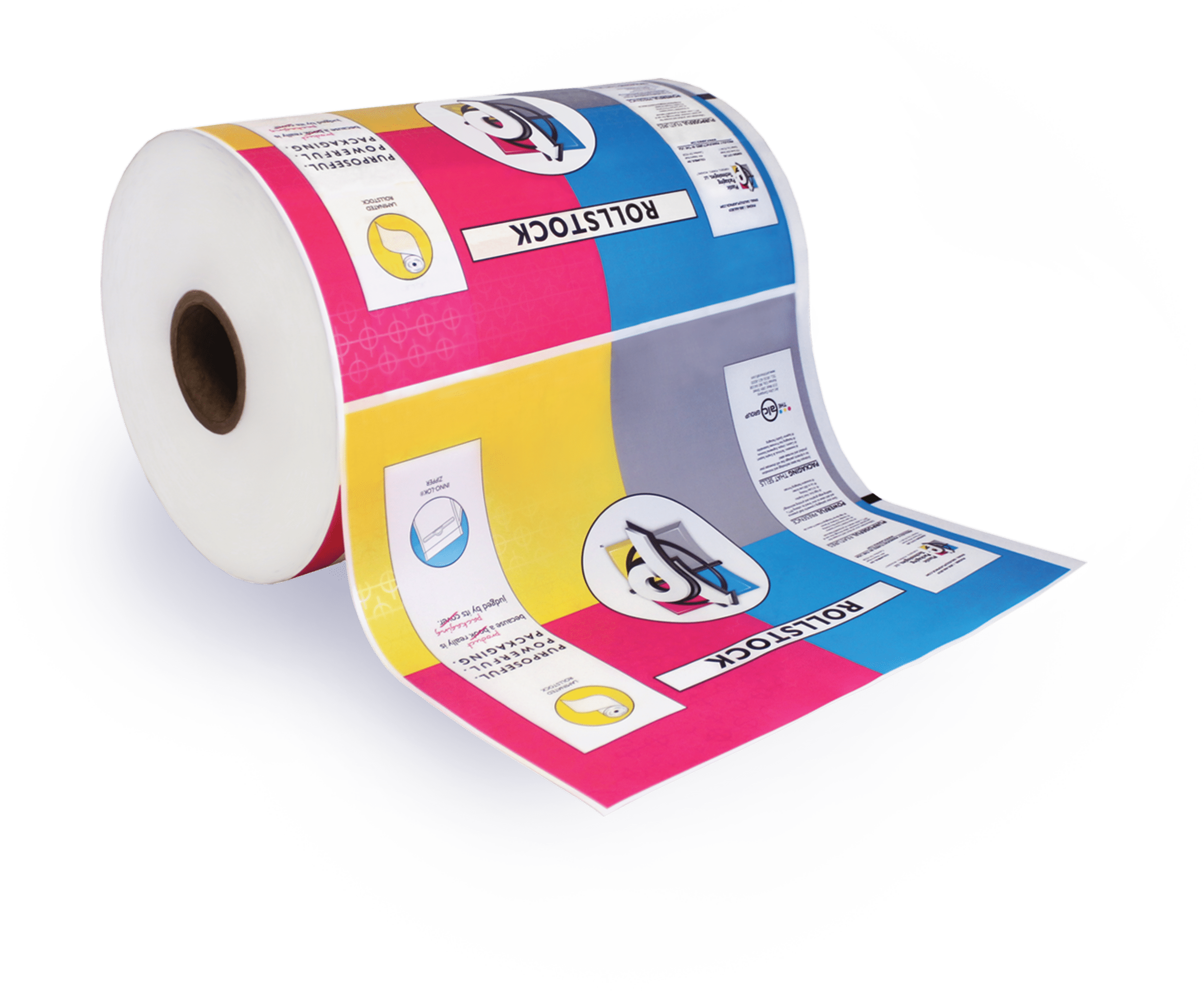Buffalo Grove, IL — October 21, 2022 — PPC Flexible Packaging LLC, a leading provider…

Choosing a suitable flexible film packaging material is not a decision to be taken lightly. The primary objective of most manufacturers is to get products into the hands of their customers. By choosing the right flexible packaging material, you can also create repeat customers. If your packaging material fails to hold up or doesn’t keep a food product fresh, customers will turn to other brands. Packaging plays a significant role in maintaining or gaining market share.
Choosing the right flexible film packaging material is beneficial for driving sales, but it is also essential for avoiding the overengineering of your packaging, which could unnecessarily raise your costs.
Answer These Questions First
There are many options available to choose from. First, you must define what you need by answering critical questions about your product, its intended function, and customer expectations.
What is the product being packaged?
Is it a solid, liquid, or combination? What are the product’s physical characteristics – shape, weight, dimensions, etc? These are important to know for choosing the right packaging materials.
How will it be packaged?
Will you be packaging your product by machine or manually? If by machine, do the machine capabilities match your needs? Are you considering a flexible stand-up pouch-filling machine, will you be using a horizontal or vertical form-fill sealing machine (HFFS or VFFS), or will you use something else? Using the right material will make a difference; for example, a stand-up pouch may leak if the correct materials are not used.
What are your graphic needs?
What does your product require graphically? The inks used must be compatible with the substrate. Some flexible materials are more ink-absorbing than others.
What will it be exposed to?
Will your product be handled frequently or roughly during its life cycle? Will it be exposed to any environmental conditions that must be considered? Will it be refrigerated or frozen? It is important to ensure your packaging can withstand all its encounters so it continues to protect the product in the manner expected by your customers.
What are the functional needs?
Does your packaging need to withstand sterilization or high-pressure processing (HPP)? Does it require venting? Is your product hygroscopic, or can it easily oxidize? Moisture vapor transmission rate (MVTR) and oxygen transmission rate (OTR) are the rates by which gaseous water or oxygen, respectively, pass through a barrier. Even though you can create a pouch that doesn’t leak when filled with water, that doesn’t mean that moisture cannot pass through. Gaseous water and oxygen molecules are incredibly tiny and can pass through many flexible plastic packaging materials. Using the proper material is critical to protecting your product.
How long does the shelf life need to be?
Shelf life is often tied to the impacts of moisture and oxygen on the product. However, when considering shelf life, you should consider the product’s entire life cycle. For example, food waste has become a topic of concern in recent years. The materials used, such as the proper film with resealable functionality, can help to reduce waste for products that are not single-use.
What are your customers’ expectations?
A major consideration is your customer. How might they use or misuse packaged products, such as microwaving food products? What are their expectations for your product, and how does your packaging contribute to that? For example, if your customers are looking for eco-friendly products, consider using a recyclable film, a film made from post-consumer recycled materials, or both.
Common Types of Materials Used in Flexible Packaging
Flexible film packaging could be a single layer but is often a multi-layer material. This is especially true when the product needs extra barrier protection that can’t be achieved with a single layer, or a different layer is needed for printing. Below are several types of materials used for flexible film and packaging.
Polyethylene Terephthalate (PET)
PET is a transparent, relatively low-cost film popular for product packaging. It is one of the most widely recycled plastics in the world. Untreated, it offers a moderate oxygen barrier, good moisture barrier, and high heat resistance. It is a good general-use material.
PET film can also be coated on one or two sides to allow lamination, metalizing, etc. Treating provides good adhesion for inks and lacquers. Metalized PET offers excellent barrier properties for oxygen and moisture and can help to extend product shelf life. For an even greater shelf life, an aluminum oxide coating can be used. It provides the same excellent oxygen barrier but offers superior moisture protection.
Soft-touch PET is popular with pet food brands. It has been treated to feel soft and smooth, giving consumers the perception of a premium-quality brand. Its low gloss prevents glare from lighting from detracting from it on store shelves.
Post-consumer recycled (PCR) PET is made from recycled PET. When made with 90% PCR content, it has the same properties as Non-PCR PET.
Oriented Polypropylene (OPP) and Biaxially Oriented Polypropylene (BOPP)
OPP is polypropylene that has been stretched in one direction, while BOPP has been stretched in two directions. This stretching produces a glossy, transparent film that can run on most packaging lines. BOPP is easy to coat, print, and laminate and offers a better moisture barrier to PET, although it is a poor oxygen barrier.
OPP matte has a matte, paper-like appearance. Graphics printed on the film are translucent, but it offers the same protection as OPP.
OPP clear barrier film offers improved OTR over standard OPP. This allows manufacturers to achieve the combination of aesthetics and performance needed without overengineering or multiple films.
Nylon
Nylon is a strong material that offers excellent puncture resistance. If you have a sharp product, like pasta, nylon is the material to consider. It also offers great heat resistance and is a moderate oxygen barrier.
Metallocene Linear Low-Density Polyethylene (mLLDPE)
Metallocene LLDPE is a derivative of LLDPE but offers excellent impact and puncture resistance. It provides excellent heat seal properties, making it a high-performance film useful for food and pharmaceutical applications.
When mLLDPE is co-extruded with ethylene vinyl alcohol (EVOH), the film provides an excellent oxygen barrier.
Find a Trusted Partner for Your Flexible Film Packaging Material Needs
With so many options and considerations, turn to plastic packaging experts to ensure you and your customers are not disappointed. Plastic Packaging Technologies has worked with many companies across various industries, helping them choose the best rollstock, pouches, or bags for their specific product needs.
Contact us to learn more about how we can help you find a packaging solution that will provide the product protection you need and appeal to your customers.



